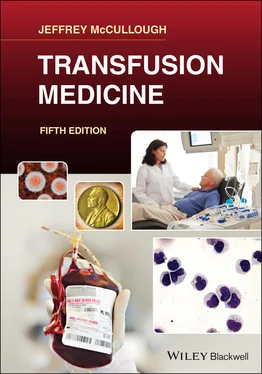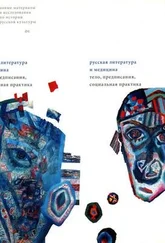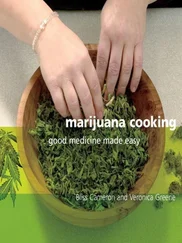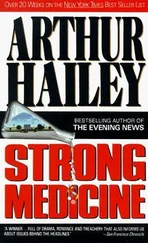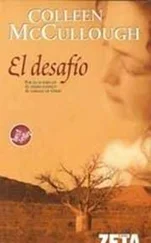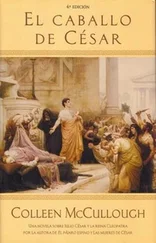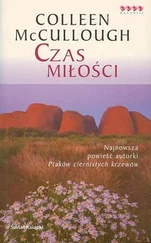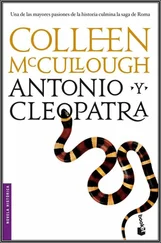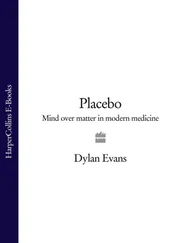Library of Congress Cataloging‐in‐Publication Data
Names: McCullough, Jeffrey, 1938– editor. | McCullough, Jeffrey, 1938– Transfusion medicine.
Title: Transfusion medicine / edited by Jeffrey McCullough.
Other titles: Transfusion medicine (McCullough)
Description: Fifth edition. | Hoboken, NJ : Wiley‐Blackwell, 2021. | Preceded by Transfusion medicine / Jeffrey McCullough. 4th edition. 2017. | Includes bibliographical references and index.
Identifiers: LCCN 2020053116 (print) | LCCN 2020053117 (ebook) | ISBN 9781119599531 (paperback) | ISBN 9781119599555 (adobe pdf) | ISBN 9781119599562 (epub)
Subjects: MESH: Blood Transfusion | Blood Banks–organization & administration | Blood Donors | Blood Group Antigens
Classification: LCC RM171 (print) | LCC RM171 (ebook) | NLM WB 356 | DDC 615.3/9–dc23
LC record available at https://lccn.loc.gov/2020053116LC ebook record available at https://lccn.loc.gov/2020053117
Cover image: [Production Editor to insert]
Cover design by [Production Editor to insert]
Gary Bachowski, MD, PhDAmerican Red Cross Blood Services St. Paul, MN, USA
Isabelle Blais‐Normandin, MDCHU de Québec – Université Laval Department of Medicine, Hematology Division Montreal, Quebec, Canada
S. Yoon Choo, MDDepartments of Pathology Molecular and Cell Based Medicine Icahn School of Medicine at Mount Sinai New York, NY, USA
Randal Covin, MDPacific Northwest Region American Red Cross Portland, OR, USA
Thomas Gniadek, MD, PhDNorthshore University HealthSystem Evanston, IL, USA
Sarah J. Ilstrup, MDTransfusion Medicine Work Group and Front End Work Group for Intermountain Healthcare Pathology and Laboratory Medicine Salt Lake City, UT, USA
Alesia Kaplan, MDDepartment of Pathology Division of Transfusion Medicine University of Pittsburgh Pittsburgh, PA, USA
Stephanie Kinney, MDCincinnati Children’s Hospital Medical Center Cincinnati, OH, USA
Ulrike F. Koenigbauer, Dr. med.Bavarian Red Cross Blood Service Nuremberg, Germany
Scott Koepsell, MDUniversity of Nebraska Medical Center Omaha, NE, USA
Vincent Laroche, MDCHU de Québec – Université Laval Department of Medicine, Hematology Division Montreal, Quebec, Canada
Kristin M. Mascotti, MD, MS‐HQSMNCH Health System Naples, FL, USA
Jeffrey McCulloughUniversity of Minnesota Minneapolis, MN, USA
David H. McKenna, MDDepartment of Laboratory Medicine and Pathology Molecular & Cellular Therapeutics University of Minnesota Minneapolis/Saint Paul, MN, USA
Ramkrishna L. Reddy, MDAmerican Red Cross Blood Services, West Division Omaha, NE, USA
David F. Stroncek, MDCenter for Cellular Engineering Department of Transfusion Medicine National Institutes of Health Clinical Center Bethesda, MD, USA
James Stubbs, MDTransfusion Medicine Mayo Clinic Rochester, MN, USA
Nancy Van Buren, MDInnovative Blood Resources Division of New York Blood Center St. Paul, MN, USA
Thomas Watkins, DO, PhDMEDIC Regional Blood Center Knoxville, TN, USA
In the first four editions, I wrote the entire book except for the HLA chapter, which was done by my good friend and former fellow, Yoon Choo. For this fifth edition, it seemed appropriate to begin to involve others but I wanted to keep this as a Minnesota book. Thus, I invited some former fellows to assist with this edition. These authors represent quite a range of stages of the fellowship program. David Stroncek dates back to the 1980s and the early days of unrelated marrow transplants to more recent fellows Tom Gniadeck and Stephanie Kinney who has provided a new chapter on pediatric transfusion medicine. Two authors are from countries other than the United States: Vincent Laroche from Canada and Ulrike Konigbauer from Germany, whose husband Josef was a wonderful musical and scientific mentor to one of my sons. One of the authors (Ram Reddy) retired after preparing his chapter and sadly another author (Randy Coven) died unexpectedly during the preparation of this book. Another former fellow and good friend, Phyllis Warkentin has not authored any chapter in the book but is acknowledged in the chapter on cellular engineering for her work in establishing our first bone marrow‐processing laboratory, which ultimately led to the current sophisticated comprehensive facility at University of Minnesota, which provided the initial venue for doctors McKenna and Stroncek, who have co‐authored the above‐mentioned chapter in this book.
Tom Watkins deals with the blood donor situation which continues to be a challenge; Gary Bachowski the complex evaluation of donors and blood collection, and Alecia Kaplan component production and the wide variety of resulting components and Nancy Van Buren the complex laboratory testing of donated blood. Sarah Ilstrup brings us up to date with blood groups and ulrke Konigbauer the extensive process of getting the right blood components to right patients at the right time and safely. Vincent Laroche educates us about clinical uses of blood components and Jim Stubbs elaborates on some special clinical situations. Scott Koepsell summarizes current perspectives on transfusion complications. Dave Mckenna and Dave Stroncek provide a wonderful chapter on exciting novel blood related cellular products.
Preparing the preface for this fifth edition provides a nice opportunity to reflect on the evolution of the content of these five editions. There are still challenges in recruiting adequate number of donors to maintain a regular supply of blood, given the demographic evolution underway and its impact on potential donor availability. This has led to discussions on paying donors, which would have been unthinkable at the time of the first edition. Blood centers evolved from multifaceted community hubs into manufacturing sites almost entirely focused on blood collection, having shed most of the exciting diverse activities they carried out during a couple of decades.
The organizations that provide the supply have gone through mergers and are now operated almost like a commodity business with substantial competition. While this might have been inevitable, I find it unfortunate.
Collection and production of traditional blood components has changed very little and still involves putting complex multiple bag systems into a centrifuge and then separating the plasma from red cells, much as was envisioned by Carl Walter in the 1950s, but now with far more complexity.
Collection of blood products by apheresis has continued to thrive and essentially all platelets in the United States are now produced by apheresis. Unimagined in the first edition is collection of a modest portion of red cells by apheresis. Therapeutic apheresis has evolved for the most part away from blood banks and transfusion medicine but is widely used to treat a variety of conditions.
A major development in transfusion medicine during these five additions relates to blood safety and transfusion‐transmitted infections. Blood safety has continued to improve with current rates of test positive units of less than one in a million. Infectious agents have come and some have gone. Our good fortune is that respiratory viruses such as influenza and, more recently, SARS Co‐V are not transmitted by blood transfusion. We have arrived at the point where bacterial contamination of platelets is now the major transmissible infection risk.
Pathogen reduction, a paradigm shift in approach to blood safety, has progressed much more slowly than I imagined. It is disappointing that more than 20 years after some of these initial efforts, there is only one technology approved in the United States and that is for platelets and plasma but we still have no approved PR technology for whole load or red cells. While these PR technologies are not particularly scientifically complex, applying them to the world’s blood supply has been difficult and expensive, resulting in disappointingly slow progress. This is probably due to multiple factors: the cost of developing and implementing the technology, unrealistic and unreasonable expectations of how the technology will perform, failure of leadership of transfusion medicine and blood banking to enthusiastically support and assist in the development of this technology, and failure of regulatory agencies to be open‐minded and recognize that these are first‐generation technologies. Clearly, this is the future of blood safety; we just need to get the right technologies and get them implemented.
Читать дальше
